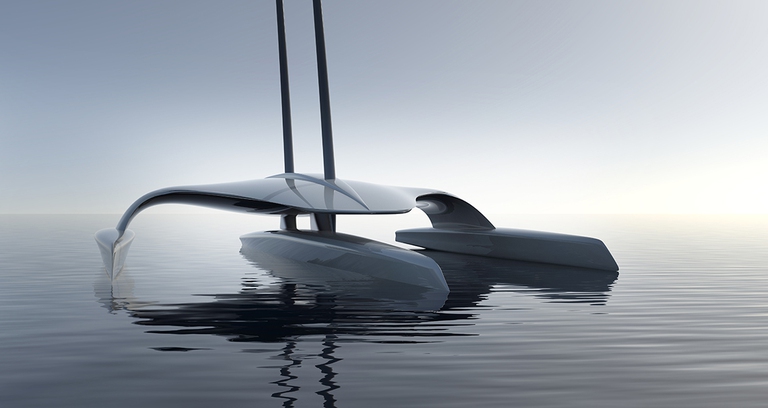
A group of experts in Tokyo suggested pouring radioactive water from Fukushima into the open sea. A marine biochemist explains the consequences of this absurd decision.
Exactly 400 years after the first Mayflower made its historic voyage, another boat of its name, this time a high-tech solar and wind-powered one, will set sail across the Atlantic Ocean in 2020. The route will replicate the Plymouth-to-Plymouth journey made by the first Mayflower when it brought the Pilgrim Fathers from Plymouth in England
Exactly 400 years after the first Mayflower made its historic voyage, another boat of its name, this time a high-tech solar and wind-powered one, will set sail across the Atlantic Ocean in 2020. The route will replicate the Plymouth-to-Plymouth journey made by the first Mayflower when it brought the Pilgrim Fathers from Plymouth in England to Cape Cod in the United States making a two-month trip that began on the 6th of September 1620. This time, however, there will be no Pilgrim Fathers to steer the boat but a small fleet of drones guiding it across the ocean.
According to a report in Popular Science, the boat, nicknamed MARS (Mayflower Autonomous Research Ship) is a joint venture between engineers from three British organisations: the University of Plymouth, MSubs, specialised in the production of unmanned craft including the world’s biggest autonomous submarine, and yacht designers Shuttleworth Design.
The boat will be a 32 metres long and 16 metres wide trimaran with 159 square metres of sail, giving it a maximum cruising speed of 20 knots (37 km/h). The hull design has been planned to reduce wind resistance to a minimum and keep the boat’s solar panels sufficiently above the water to reduce the impact of waves.
When the ship sets off in 2020 it will become the first boat to make a transatlantic voyage without a single person on board. “MARS will operate as a research platform, conducting numerous scientific experiments during the course of its voyage,” says Professor Kevin Jones, the University of Plymouth’s Executive Dean of the Faculty of Science and Engineering. “It will be a test bed for new navigation software and alternative forms of power, incorporating huge advancements in solar, wave and sail technology.”
Today MARS is still in its planning phase and the images available are only a rendering of what it will look like. Construction is expected to take two-and-a-half years and testing another year. There is no precise estimate of the length of the ocean crossing because it could require only 7 to 10 days in good sea and wind conditions, all the way up to 7 to 10 months. The team is aiming to make the trip last as long as possible to collect a large amount of data, given there are no problems related to sustaining a crew. To date, unmanned craft have crossed the Atlantic both in the air and under the sea but never on its surface. This is an unprecedented technological challenge.
Read more at Behind Energy
Siamo anche su WhatsApp. Segui il canale ufficiale LifeGate per restare aggiornata, aggiornato sulle ultime notizie e sulle nostre attività.
![]()
Quest'opera è distribuita con Licenza Creative Commons Attribuzione - Non commerciale - Non opere derivate 4.0 Internazionale.
A group of experts in Tokyo suggested pouring radioactive water from Fukushima into the open sea. A marine biochemist explains the consequences of this absurd decision.
The decline in grey and humpback whales in the Pacific and Atlantic Oceans has been traced to food shortages caused by rising ocean temperatures.
The United Nations has launched a major international alliance for ocean science, undertaking a mission close to all our hearts.
The cargo ship that ran aground off the coast of Mauritius on 25 July, causing incalculable damage, has split in two and its captain has been arrested.
The largest coral reef in the world is severely threatened by climate change, but researchers are developing strategies that could contribute to saving the Great Barrier Reef.
Seychelles have extended its marine protected area, which now covers over 400,000 square kilometres, an area larger than Germany.
Norwegian oil giant Equinor had pulled out of drilling for oil in the Great Australian Bight, one of the country’s most uncontaminated areas. A victory for activists and surfers who are now campaigning for the area to be protected forever.
30 per cent of the planet needs to be protected to stop precipitous species decline. The UN has set out its aims for the the COP15 on biodiversity scheduled for Kunming, China in October.
Ocean warming has risen to record highs over the last five years: just in 2019 the heat released into the world’s oceans was equivalent to that of 5-6 atomic bombs per second. The culprit, no doubt, is climate change.










